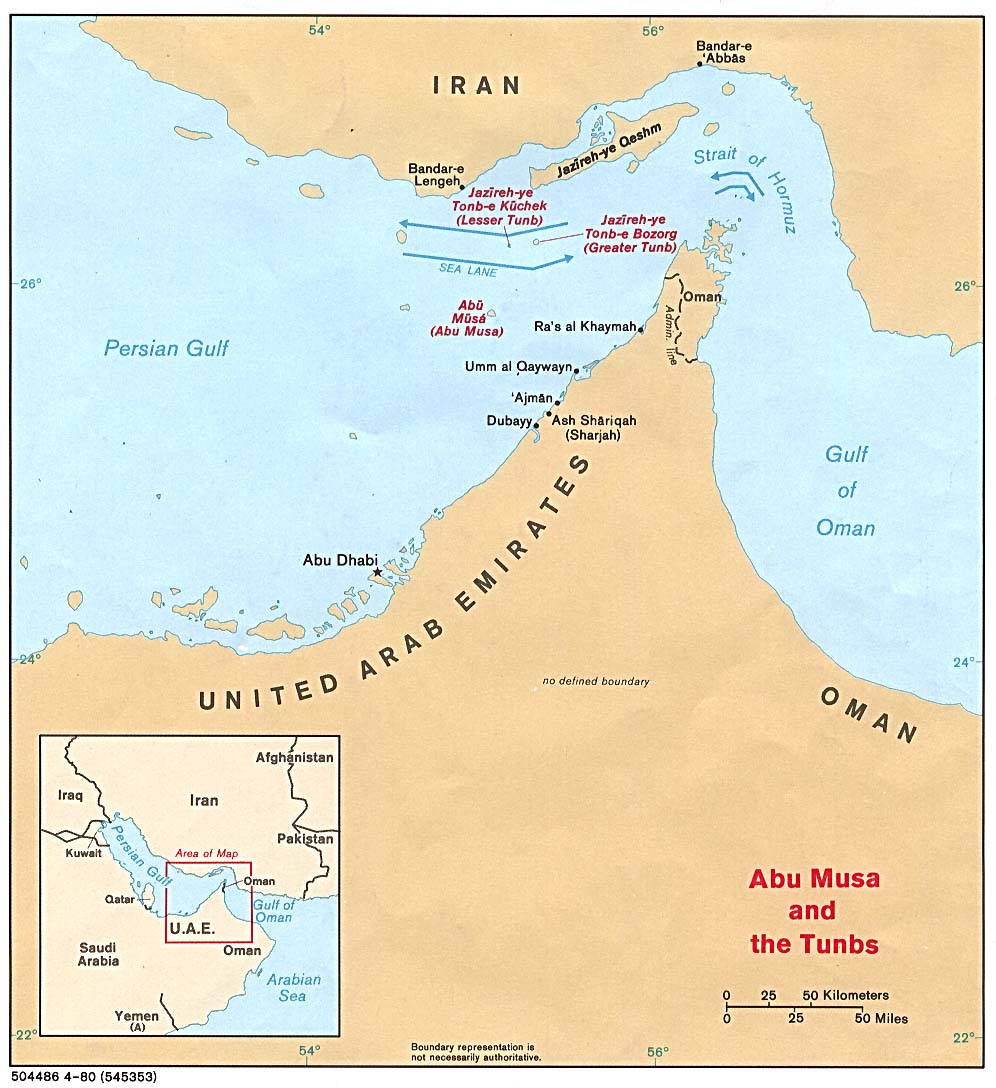 After years of U.S. threats, Iran is taking steps which suggest that is both willing and capable of closing the Strait of Hormuz. On December 24, 2011 Iran started its Velayat-90 naval drills in and around the Strait of Hormuz and extending from the Persian Gulf and Gulf of Oman (Oman Sea) to the Gulf of Aden and the Arabian Sea.
After years of U.S. threats, Iran is taking steps which suggest that is both willing and capable of closing the Strait of Hormuz. On December 24, 2011 Iran started its Velayat-90 naval drills in and around the Strait of Hormuz and extending from the Persian Gulf and Gulf of Oman (Oman Sea) to the Gulf of Aden and the Arabian Sea. Since the conduct of these drills, there has been a growing war of words between Washington and Tehran. Nothing the Obama Administration or the Pentagon have done or said so far, however, has deterred Tehran from continuing its naval drills. The Geo-Political Nature of the Strait of Hormuz
Besides the fact that it is a vital transit point for global energy resources and a strategic chokepoint, two additional issues should be addressed in regards to the Strait of Hormuz and its relationship to Iran. The first concerns the geography of the Strait of Hormuz. The second pertains to the role of Iran in co-managing the strategic strait in accordance with international law and its sovereign national rights.
The maritime traffic that goes through the Strait of Hormuz has always been in contact with Iranian naval forces, which are predominantly composed of the Iranian Regular Force Navy and the Iranian Revolutionary Guard Navy. In fact, Iranian naval forces monitor and police the Strait of Hormuz along with the Sultanate of Oman via the Omani enclave of Musandam. More importantly, to transit through the Strait of Hormuz all maritime traffic, including the U.S. Navy, must sail through Iranian territorial waters. Almost all entrances into the Persian Gulf are made through Iranian waters and most exits are through Omani waters.
Iran allows foreign ships to use its territorial waters in good faith and on the basis of Part III of the United Nations Convention of the Law of the Sea’s maritime transit passage provisions that stipulate that vessels are free to sail through the Strait of Hormuz and similar bodies of water on the basis of speedy and continuous navigation between an open port and the high seas. Although Tehran in custom follows the navigation practices of the Law of the Sea, Tehran is not legally bound by them. Like Washington, Tehran signed this international treaty, but never ratified it.

American-Iranian Tensions in the Persian Gulf
In recent developments, the Iranian Majlis (Parliament) is re-evaluating the use of Iranian waters at the Strait of Hormuz by foreign vessels.
Legislation is being proposed to block any foreign warships from being able to use Iranian territorial waters to navigate through the Strait of Hormuz without Iranian permission; the Iranian Parliament’s National Security and Foreign Policy Committee is currently studying legislation which would establish an official Iranian posture. The latter would hinge upon Iranian strategic interests and national security. [1]
On December 30, 2011, the U.S.S. John C. Stennis carrier passed through the area where Iran was conducting its naval drills. The Commander of the Iranian Regular Forces, Major-General Ataollah Salehi, advised the U.S.S. John C. Stennis and other U.S. Navy vessels not to return to the Persian Gulf while Iran was doing its drills, saying that Iran is not in the habit of repeating a warning twice. [2] Shortly after the stern Iranian warning to Washington, the Pentagon’s press secretary responded by making a statement saying: “No one in this government seeks confrontation [with Iran] over the Strait of Hormuz. It’s important to lower the temperature.” [3] Read the rest on:


No comments:
Post a Comment